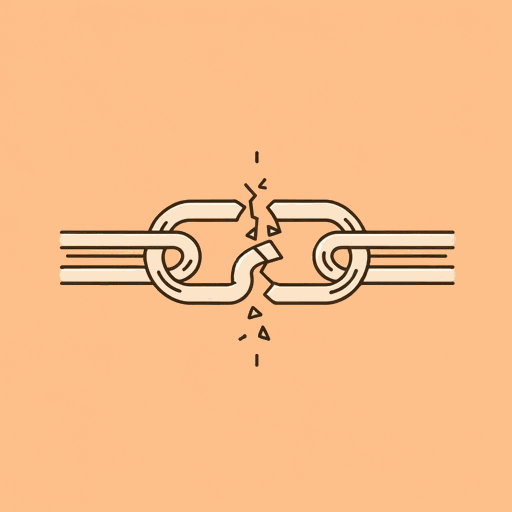57 pages • 1 hour read
Andrés ReséndezThe Other Slavery: The Uncovered Story of Indian Enslavement in America
Nonfiction | Book | Adult | Published in 2016A modern alternative to SparkNotes and CliffsNotes, SuperSummary offers high-quality Study Guides with detailed chapter summaries and analysis of major themes, characters, and more.
Chapter 10-EpilogueChapter Summaries & Analyses
Chapter 10 Summary: “Americans and the Other Slavery”
Americans moving into the West during the first half of the 19th century were surprised by the existence of Indigenous slavery since most were accustomed to African slavery. James S. Calhoun, the first Indian agent in New Mexico, described a thriving market of captives in New Mexico. He observed that the term for Indigenous captives was “peons” (245) rather than “slaves” (245). These captives could only escape their servitude if they paid a certain amount to their owners. Agent Calhoun likened debt peonage to chattel slavery.
While Calhoun and other American settlers tolerated debt peonage, or the other slavery, some Americans “went several steps beyond that by practicing it and enshrining it in law” (246). One example is the debt peonage system in California. In 1846, a commander for the Northern Department of California “issued a proclamation warning people who ‘have been and still are holding to service Indians against their will’ to desist and urging the general public not to regard Indians ‘in light of slaves’” (263). The proclamation also stated that Indigenous peoples had to be employed. Once they paid off their debts with one employer, they had to find work with another.
Featured Collections
Books on Justice & Injustice
View Collection
Books on U.S. History
View Collection
Colonial America
View Collection
Colonialism & Postcolonialism
View Collection
Contemporary Books on Social Justice
View Collection
Equality
View Collection
European History
View Collection
Hispanic & Latinx American Literature
View Collection
National Book Awards Winners & Finalists
View Collection
Politics & Government
View Collection
Safety & Danger
View Collection
Truth & Lies
View Collection

